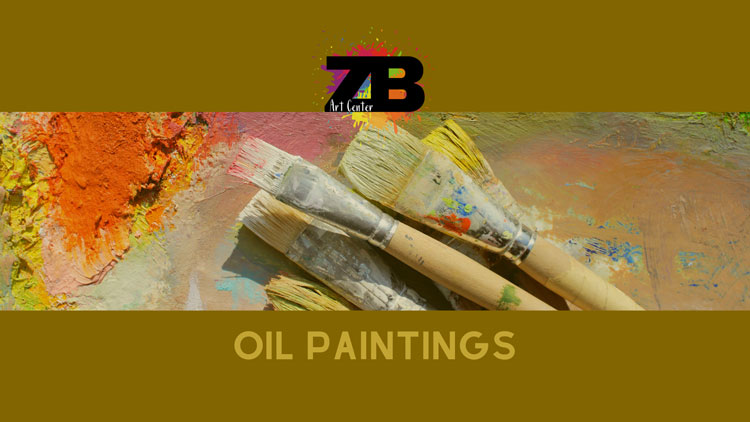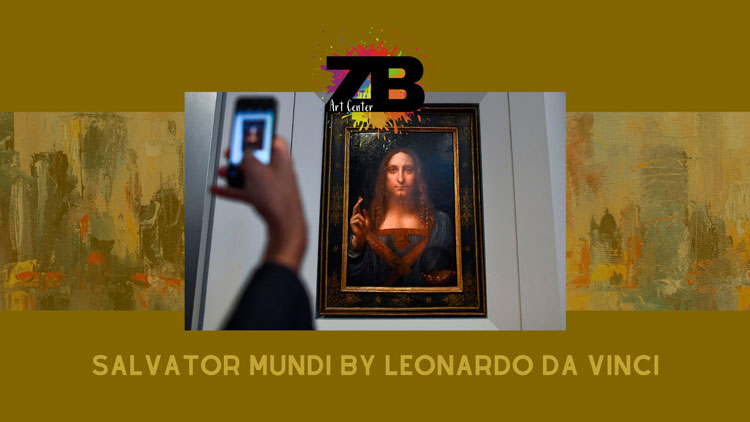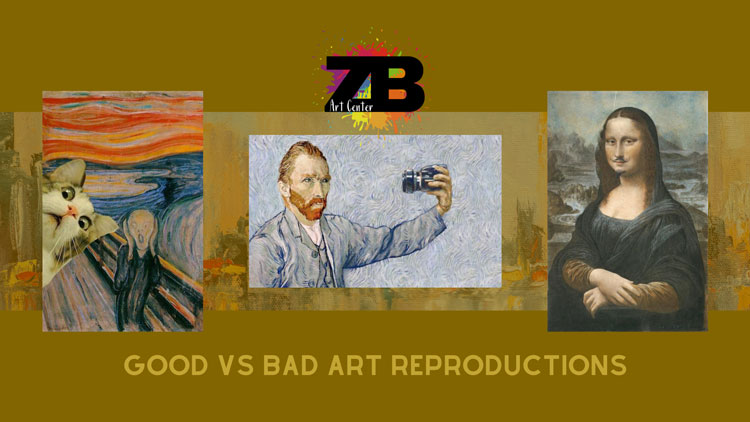- What Are Fine Art Reproductions?
- A Brief History Lesson On Oil Paintings
- Why Such A High Demand For Oil Painting Reproductions?
- What Separates Good From Bad Art Reproduction?

They say imitation is the sincerest form of flattery. This saying applies to anything and everything we can imagine, as our species evolve by following the methods of those that came before us, and more often than not with the help of science and technology, we add our own modern twist to these inventions that make them more innovative and accessible to all. A great example of this are matches, that can start a fire in an instant. Smartphones and the internet, that gives us the chance to access information, store data and communicate with one another in an efficient and timely manner, as compared to the old methods of sending something through the post.
But how do we innovate something that is one of a kind, abstract and sometimes intangible by nature, such as art? Surely, art can be innovative and just like everything else in the world, it evolves into different forms, types and mediums. But there is just something about having a vintage classic made by one of the most talented artists that ever lived that is priceless and extremely humbling – these are where fine art reproductions come into play.
What Are Fine Art Reproductions?
What makes art so valuable is that each piece is one of a kind. The older the piece gets, the greater its value will be. This means only those in the art industry such as art collectors, art dealers and gallery owners and some upper class, which is a very small minority of the human population, can actually afford to buy original pieces. And most of the time, priority is given to big museums and galleries. In this way, the finest and most valuable art pieces can be viewed by the general public.
To give you an idea of how valuable art really is, works done by the greatest painters of all time such as Monet, Da Vinci, Picasso and Van Gogh are all worth no less than millions of dollars, contained in climate controlled glass boxes guarded 24/7 by video surveillance, motion detectors and intruder alarms.
Knowing this information now, it is safe to say that the list you will find below are the essential facts you need to know to understand art reproduction:
- They are high quality, digital copies of famous works such as drawings, paintings and prints.
- There is little to no creative process involved and most of the time, the art is identical to the original works of art.
- There are thousands of art reproductions in the market in different styles, materials, sizes and price ranges. Some of them are priced at less than $100. Knowing the prices of the original works, you now understand that art reproductions exist so that the majority of the population can have access to some of the greatest pieces of all time.
- There are several types of art reproductions, some of them even incorporated in everyday essentials such as bags, clothing and classic prints.
But today, we focus on oil painting reproduction.
A Brief History Lesson On Oil Paintings

Oil painting uses three components. Namely the pigment, binder and thinner. Instead of the usual watercolor that dries through the process of evaporation, oil paintings reach their fullest form and color through the process of oxidation, and are usually painted in canvas.
It was during the 19th century that industrial manufacturers began to produce a proper range of quality oil paint. Before that came about, artists had made the paint themselves. Most renaissance, baroque and post-impressionist painters, had to undergo an apprenticeship with a higher skilled artist, where they basked in knowledge of pigmentation, properties such as hues, permanence, chroma, and drying. It takes years of constant practice and effort to get into this craft.
Some of the most popular painters’ works live on even after their death, and the value for their work goes up despite their passing. To give you an idea as to how high these prices actually are, here are some of the most famous oil painters, their work and how much it was sold via an auction:
- The Scream (1895) – Edvard Munch ($119.9m)
- Portrait of Doctor Gachet (1990) – Vincent Van Gogh ($75m)
- Garcon a la Pipe (1905) – Pablo Picasso ($104.2m)
- Portrait of Adele Bloch-Bauer II (1912) – Gustav Klimt ($87.9m)

The world’s most expensive oil painting is the Salvator Mundi by Leonardo Da Vinci. It was created in the year 1490-1500, adapting a Renaissance style and was sold via auction for over $450 million.
If Oil Painting Reproductions Aren’t Done By The Original Artists, Why Is The Demand Still High For Them?
The answer to this question is fairly simple and has been mentioned previously in this article. But the shortest answer would be, the majority of the world’s population do not have the means to buy original pieces as they are worth millions of dollars and are kept in big museums for public viewing.
It is a rule of thumb that the finest works by the most talented painters should be accessible to everyone, and this is fulfilled by national museums and big art institutions.
Majority of art reproductions have a very small value compared to it’s well guarded and expensive original pieces. This is because countless copies of these works have been reprinted, reproduced and sold over and over again for the last 180 years.
What Separates Good From Bad Art Reproductions?

“Even the most perfect reproduction of a work of art is lacking in one element: its presence in time and space, its unique existence at the place where it happens to be.“
Walter Benjamin, The Work of Art in the Age of Mechanical Reproduction
Quality of art reproduction depends on several factors like the quality of the image used and the canvas it is printed on. But it is safe to say that this is all subjective and it really depends on what the artist or the buyer is going for.
Reproductions aren’t limited to carbon copies of classics. There are those who choose to reflect comedic relief through their pieces. Such as changing the faces of the paintings, therefore making spoofs out of classics. The portraits of Vincent Van Gogh, Da Vinci’s Monalisa and Munch’s The Scream are very popular choices for this style of reproduction. On the other hand, some prefer adding a personal touch to it. Like converting a wedding photo from this year to a Renaissance style oil painting on canvas.
Art and culture can have different meanings for every human on the planet. Art reproduction has indeed played a vital role in keeping the classic pieces relevant in a modern society.
